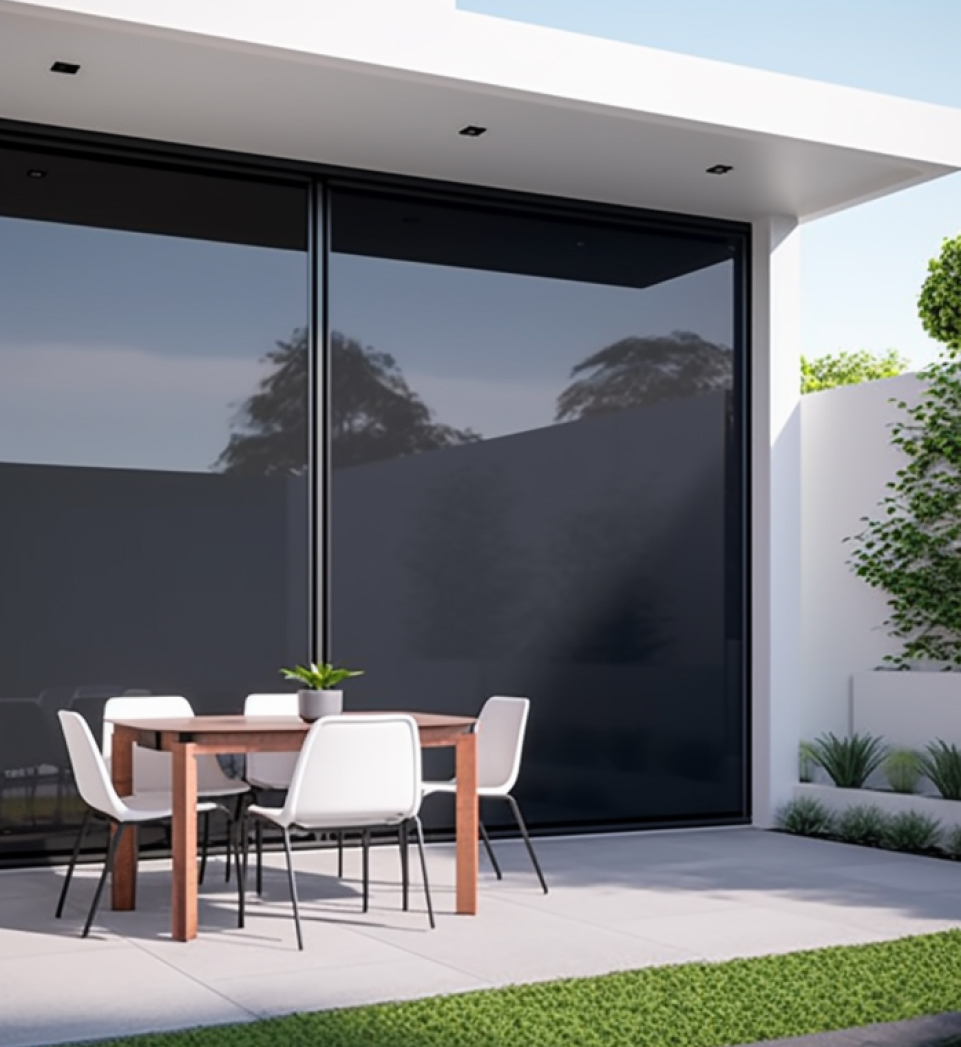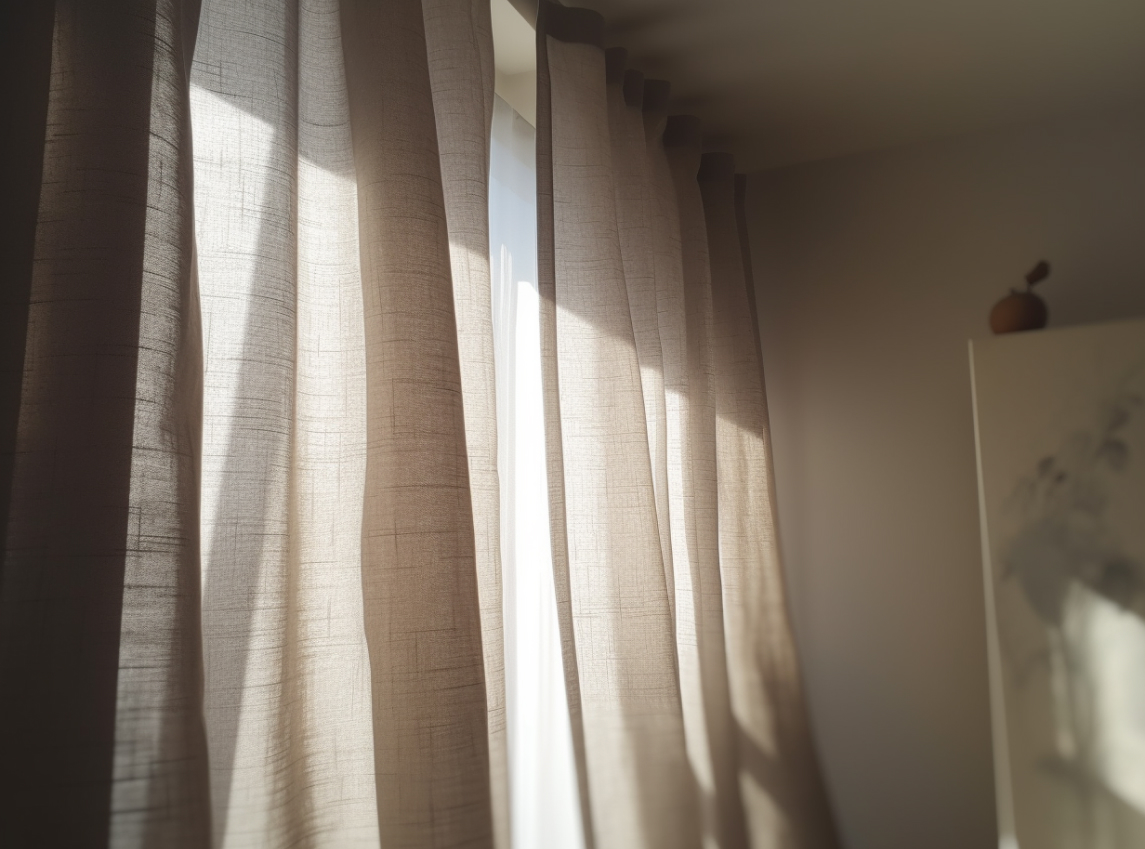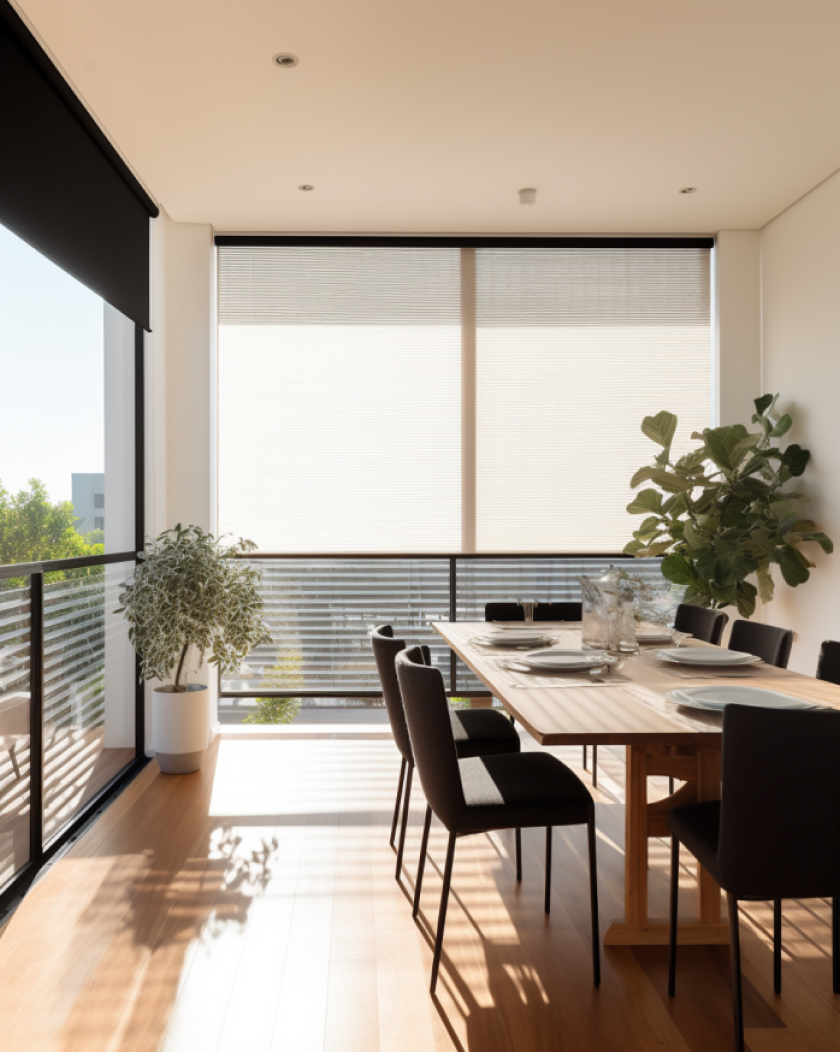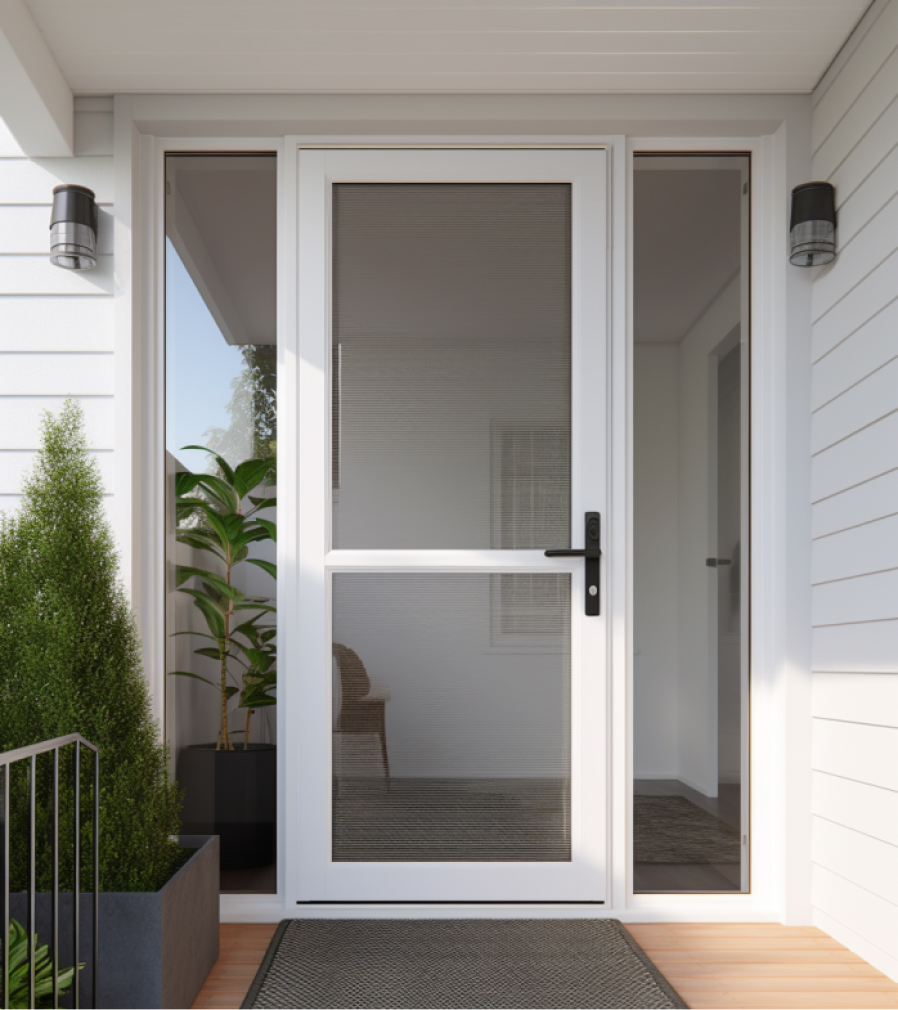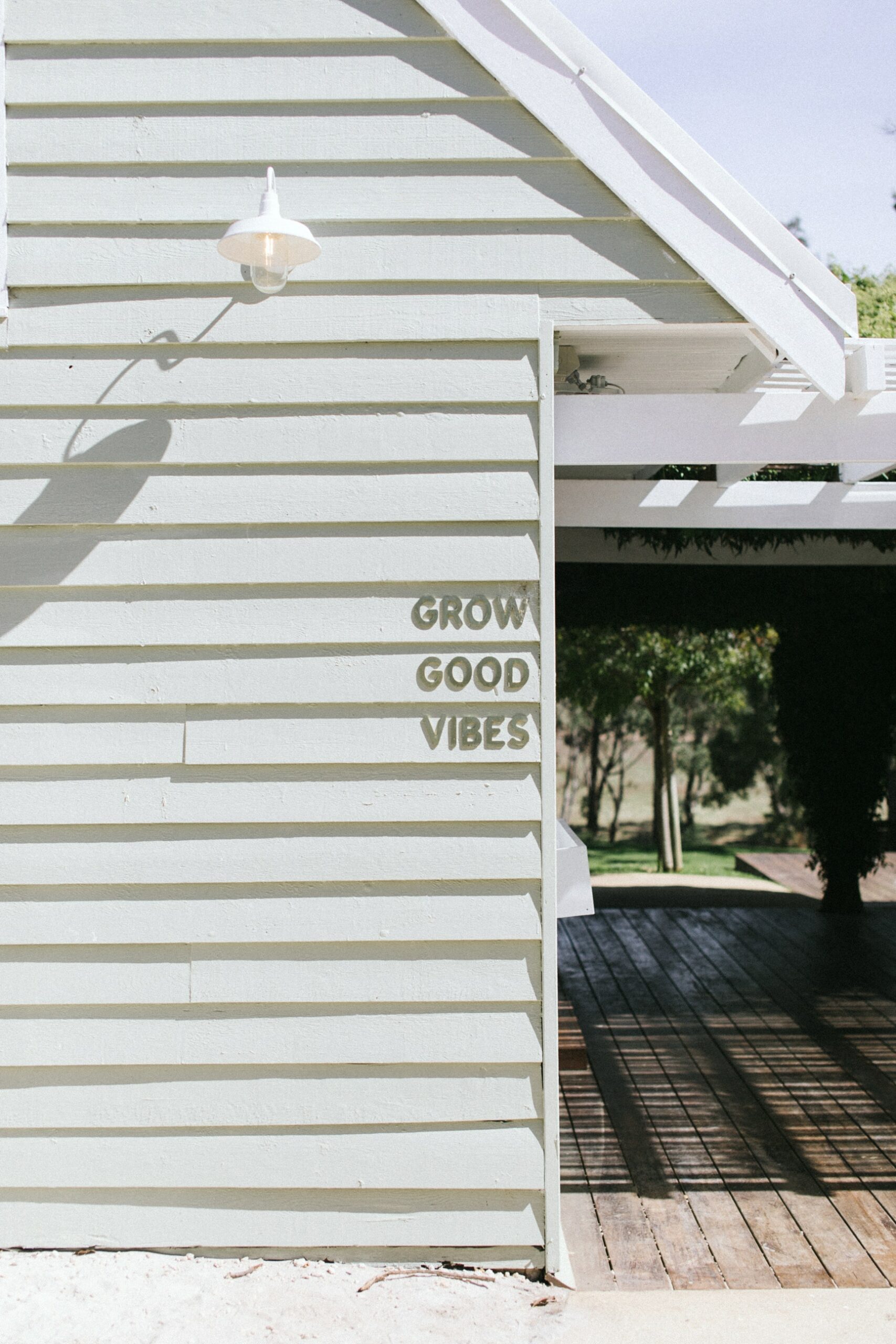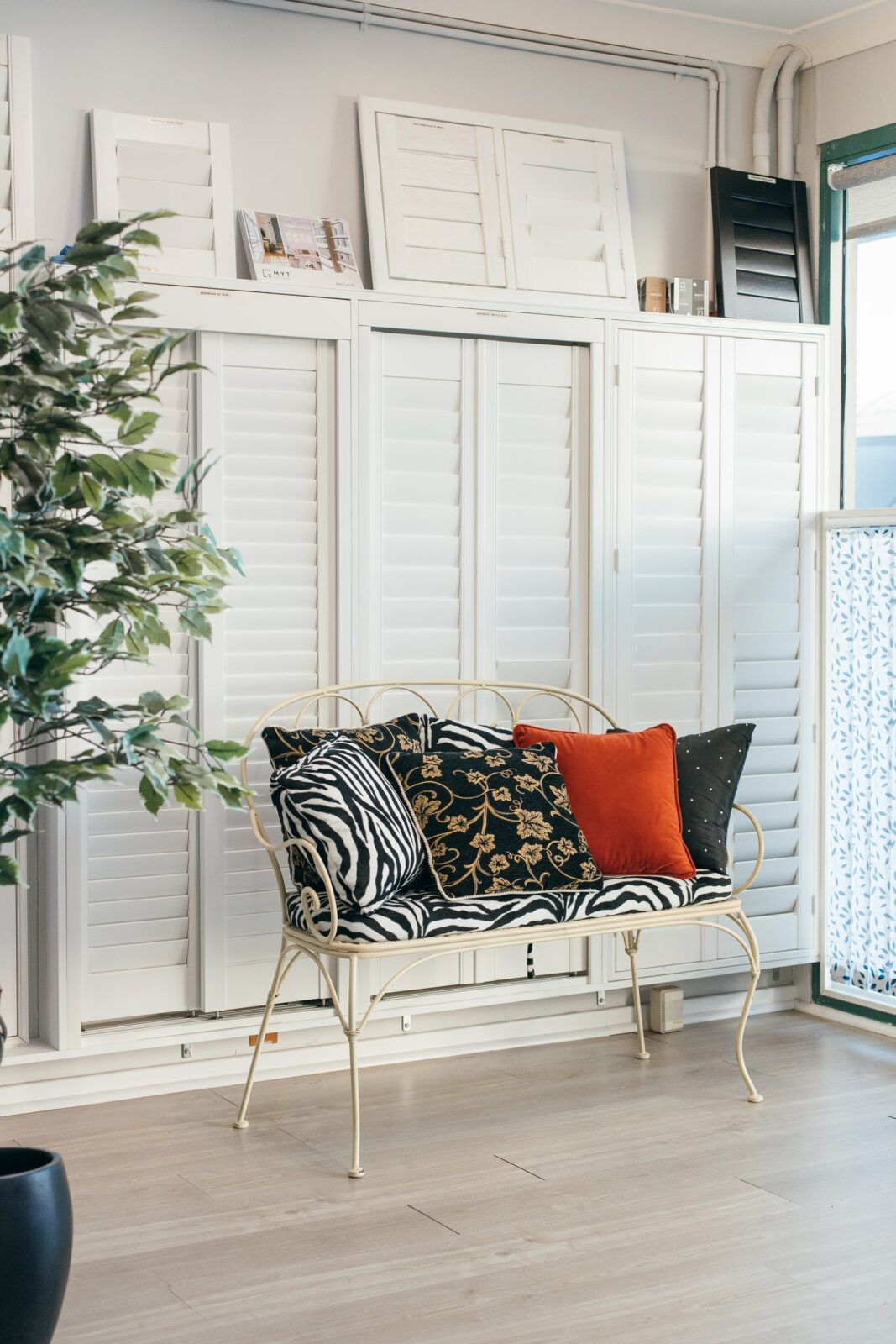Will this summer be hot? You bet. Hotter than last year.
The Central Coast previously experienced a cooler and wetter summer because of the cyclical La Nina event. And, thanks to climate change, even that season was warmer than an average summer. Yep, it is safe to say that heat, high and dry, is on its way.
So, are their ways we can cool our houses this summer that don’t require chugging through precious fossil fuels? Again, you bet!
Let’s explore the wonders of Passive Design.
What is Passive Design?
Passive Design is architectural planning that works with the local climate to maintain comfortable temperatures within a building. When done well, it means you don’t need additional heating and cooling in your home. Meaning you save on energy bills and reduce harmful green house gases, all in the sweet climate controlled comfort of your own home.
What is Passive Heating?
Why heat your house with appliances when solar radiation can do it all for you? The key is to have optimal orientation of windows and building materials that allow sun rays to heat up the thermal mass of your home. But because the Central Coast has a warm temperate climate, harnessing solar energy means we have to be careful with heat management through summer.
What is Passive Shading?
Passively cooling a house balances air flow, thermal mass, and most importantly, shading.
Shading your home will have a significant impact on your comfort levels this summer. The best window shading for homes should block unwanted sun in summer and allow solar radiation to enter in winter. This can be achieved with careful orientation of fixed structures:
External Shade Structures – the most efficient form of passive shading comes from outside your home. Tree plantings are a great option if you know what species work best and who can forget the old bullnose window awnings that used to grace beaten weatherboard shacks. But what the old awnings added in charm and durability, they lacked in flexibility. Luckily these days automatic folding arm awnings offer plenty of adjustability in finding the right shade for a given sun angle.
Internal Shade Structures – venetian and vertical blinds are still a popular and cheaper alternative to exterior shading and generally offer a great amount of control. While basswood plantation shutters on the Central Coast are a growing trend, EcoSmart (PVC) shutters are durable, long lasting alternative. Keeping the outward facing colour of your interior as light as possible will assist in reducing heat gains in summer by reflecting sunlight.
Window Insulation
An important part of passive design is using an insulation as barrier to heat flow. In summer we want to avoid letting it in and in winter letting it out. While quality homebuilders will unsure walls and ceiling are sufficiently insulated, windows which are a heat sink can often be overlooked.
Central Coast blinds and curtains need to be close fitting to avoid thermal bridging in our climate. Heavy block out curtains are the traditional go to for window insulation but modern honeycomb blinds are a newer, thermally efficient option with cellular pockets of trapped air creating an insulative layer. Custom made curtains and blinds are the more efficient choice than cheaper, generic sized options.
The Future is Passive Design
As our climate becomes continually unstable and weather patterns on the Central Coast become increasingly harder to predict, passive design principles are a must-have in your home. So plant a tree and rethink you window coverings. But whatever you do, take the passive approach this summer.
Contact Newcastle and the Central Coast’s most reputable supplier of high quality shutters, curtains, blinds, awnings and all-things passive design.
